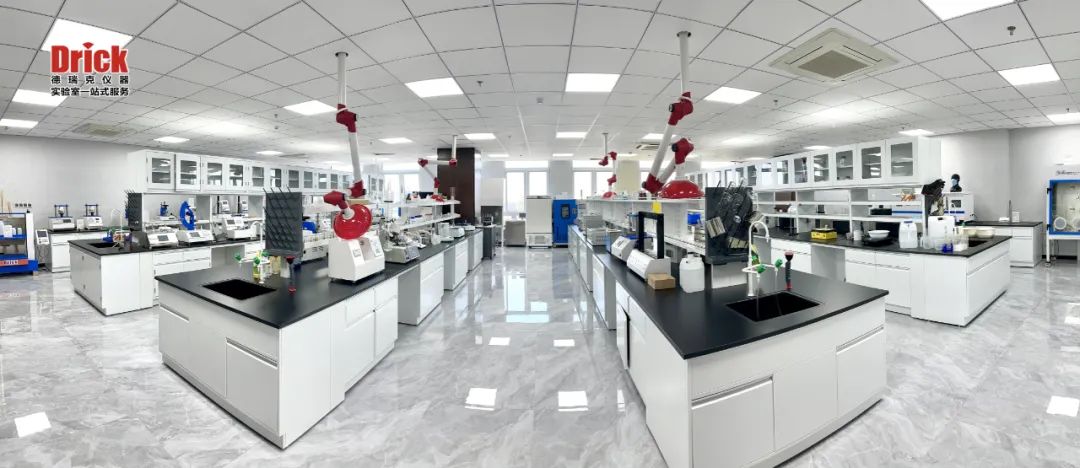Water Vapor Permeability – the Contradiction Between Protective Clothing’s Isolation and Comfort
According to the definition in the national standard GB 19082-2009 “Technical Requirements for Medical Disposable Protective Clothing”, protective clothing is professional clothing that provides barrier and protection for medical personnel when they come into contact with potentially infectious patient blood, body fluids, secretions, and particulate matter in the air. It can be said that “barrier function” is the key performance index system of protective clothing, such as water resistance, resistance to penetration by synthetic blood, surface hydrophobicity, filtration effect (non-oily particle blocking), etc.
Compared with these indicators, there is one indicator that is slightly different, namely “water vapor permeability” – it represents the permeability of the protective clothing to water vapor. Simply put, it evaluates the protective clothing’s ability to guide the evaporation of sweat emitted by the human body. The higher the water vapor permeability of the protective clothing, the greater the relief of stuffiness and difficulty in sweating, which is more conducive to the comfort of medical workers wearing it.
One obstacle, one gap, to a certain extent, are contradictory problems. The improvement of the blocking ability of protective clothing usually sacrifices part of the permeability, so as to achieve a balance between the two, which is one of the goals of enterprise research and development and the original intention of the national standard GB 19082-2009. Therefore, in the standard, the requirements for the water vapor permeability of medical disposable protective clothing materials are clearly stipulated: not less than 2500g/(m2·24h), and the testing method is also provided.
Selection of Test Conditions for Protective Clothing Water Vapor Transmission Rate
According to the test experience of the writer and the research results of relevant literature, the permeability of most fabrics generally increases with the rise of temperature; while when the temperature is constant, the permeability of fabrics generally decreases with the increase of relative humidity. Therefore, the permeability of a sample tested under a certain condition cannot represent the permeability measured under other test conditions!
The technical requirements for medical disposable protective clothing GB 19082-2009 clearly stipulates the water vapor permeability index requirements for the material of medical disposable protective clothing, but it does not specify the test conditions. The author also reviewed the test method standard GB/T 12704.1, which provides three test conditions: a, 38℃, 90%RH; b, 23℃, 50%RH; c, 20℃, 65%RH. The standard recommends using condition a as the preferred test condition, as it has a higher relative humidity and a faster penetration rate, which is suitable for laboratory testing and research. Considering the actual application environment of protective clothing, it is recommended that enterprises with the ability should also conduct a test under condition b (38℃, 50%RH) to provide a more comprehensive evaluation of the water vapor permeability of the protective clothing material.
How is the current protective suit’s “water vapor permeability”
Based on test experience and available relevant literature, the permeability of the mainstream materials and structures used in protective suits is generally around 500g/(m2·24h) or lower, ranging from 7000g/(m2·24h) or higher, and is mostly concentrated between 1000 g/(m2·24h) and 3000g/(m2·24h). At present, while increasing production capacity to solve the shortage of protective suits and other epidemic prevention and control supplies, professional research institutions and enterprises have taken into consideration the “comfort” of medical workers and tailored protective suits for them. For example, the protective suit temperature and humidity control technology developed by Huazhong University of Science and Technology uses air circulation treatment technology to remove moisture and regulate temperature inside the protective suit, keeping it dry and improving the comfort of medical workers wearing it.
Send your message to us:
Post time: Dec-10-2024




